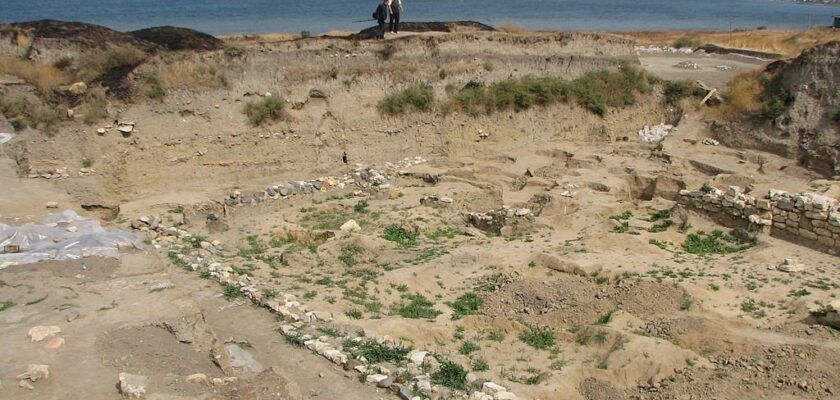Фанагория
Phanagoria is the name of the colony founded by ancient Greek settlers in the 6th century BC. The ruins of the ancient settlement are located in the Krasnodar region, on the Taman Peninsula, and are often referred to as “Russian Atlantis.”
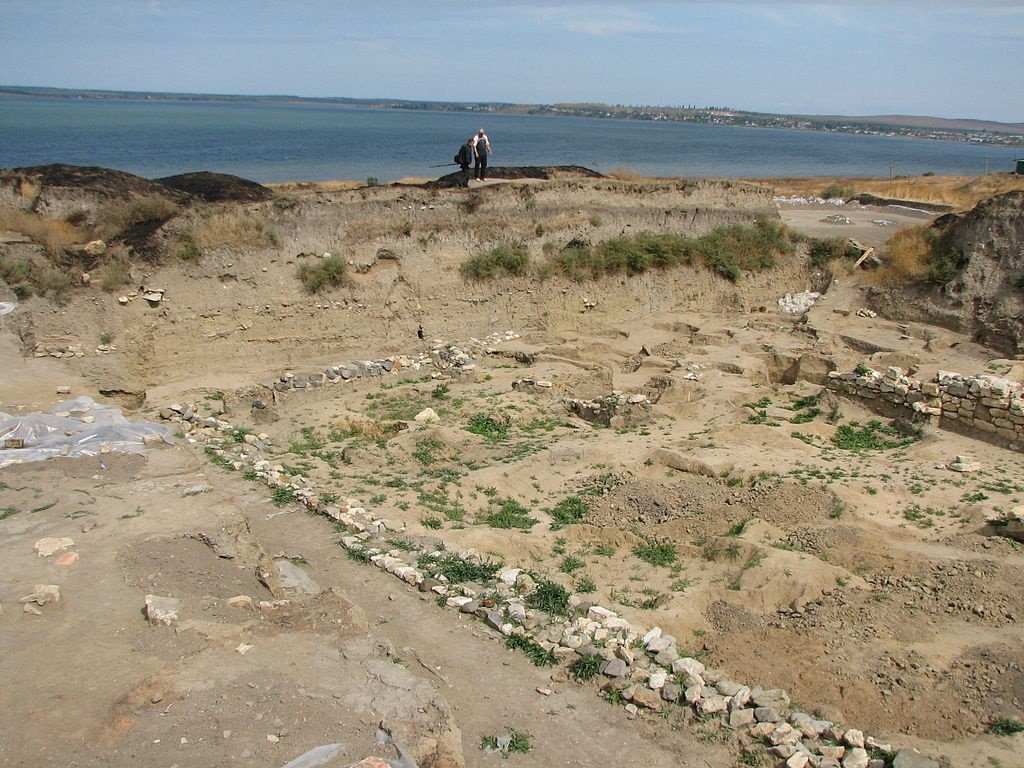
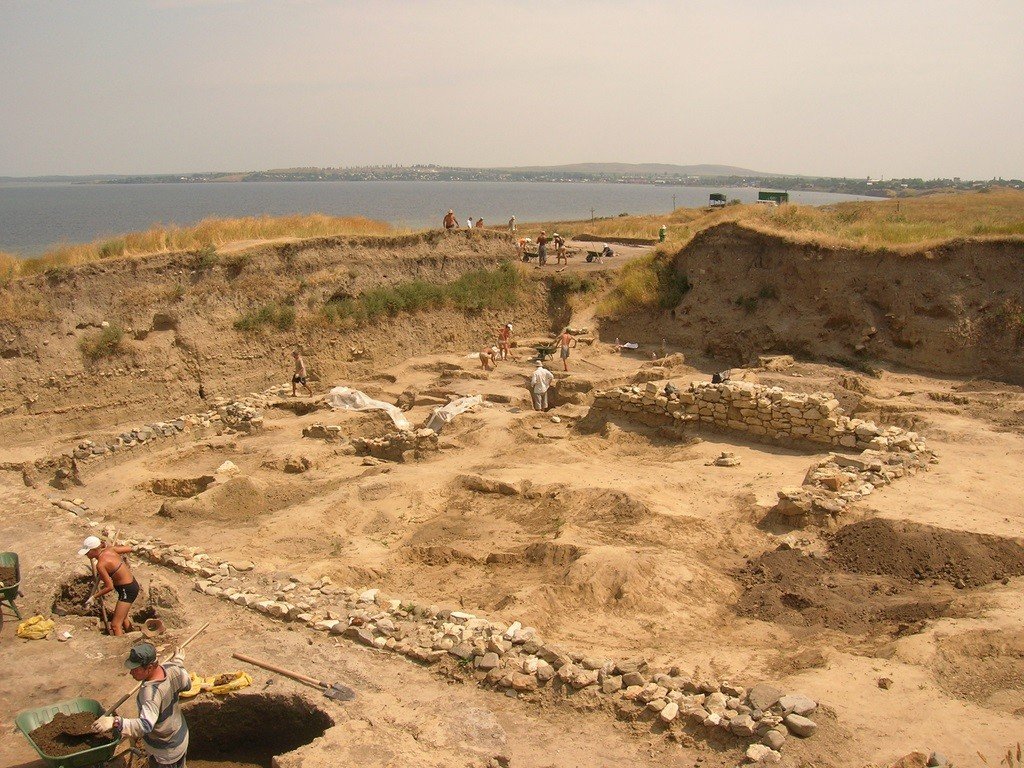
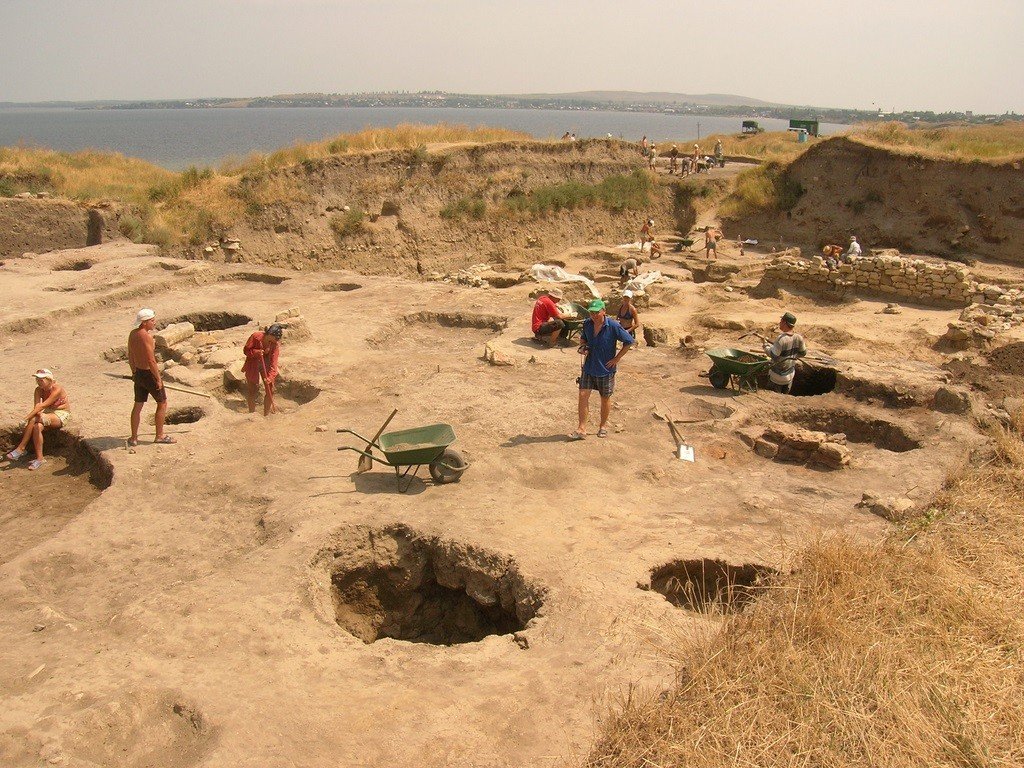
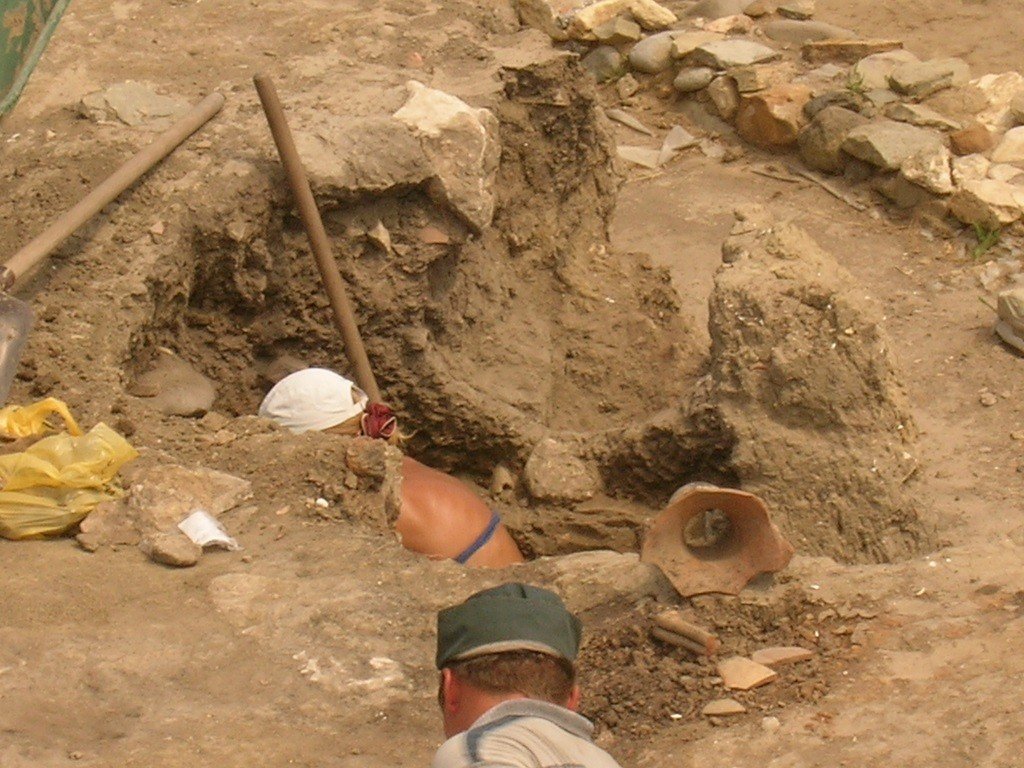
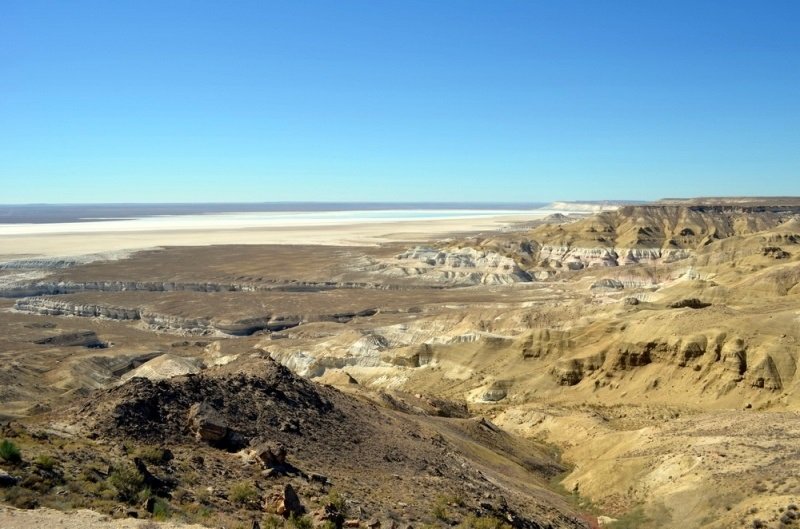
Video: Fanagoria
Contents- Highlights
- History of the ancient settlement
- History of the exploration of Phanagoria
- What to find in Phanagoria
- How to get there
Highlights
Today, Phanagoria is the largest ancient monument in Russia, going 7 meters underground. The territory of the ancient settlement covers an area of more than 65 hectares. Fanagoria is surrounded by the country’s largest ancient necropolis, an area of 300 hectares, where there are more than 600 burial mounds. About a third of the ancient settlement is located under water, at the bottom of the Taman Bay. The location of the ancient Greek colony was discovered in the XVIII century, but historians wrote about its existence since the 60s BC.
.
Phanagoria appeared around 540 BC, thanks to Greek colonists who came to the northern shore of the Black Sea from Asia Minor. It is believed that the colony was founded by the Theosian Phanagoras, who was forced to leave his homeland because of the devastating Persian raids. The new city on the shore of the bay was named after him. Phanagoras was an oikist, that is, he had dictatorial powers in the colony. He enjoyed great authority among the Greeks, and when the leader was gone, the locals held annual festivals in his honor.
.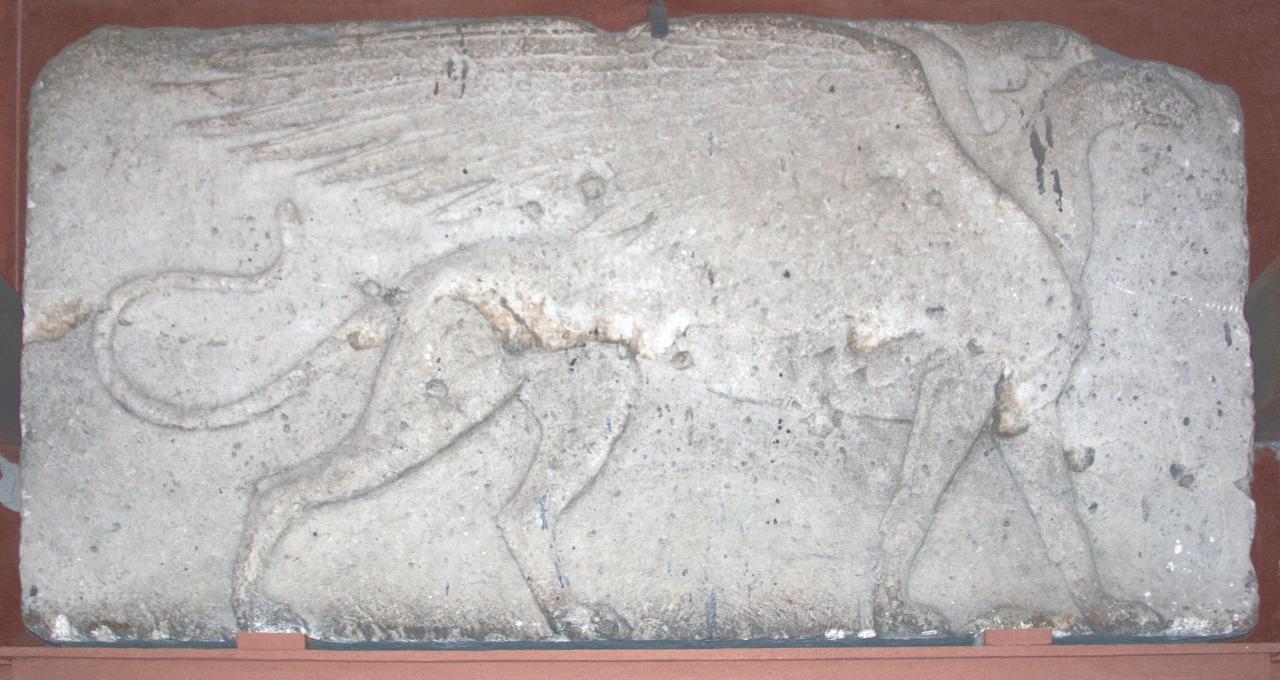
In the 6th century BC Hellenic civilization was just beginning to develop the Black Sea region, so Phanagoria became one of the very first Greek colonies on the northern shore of the Black Sea. It was not by chance that the Greeks chose these places. The coast was convenient for the construction and development of a large polis. The new city began to be built on the shore of the sea bay. It was surrounded by fertile land suitable for agriculture. Two centuries later, the grain grown in Phanagoria was exported by the Greeks to Athens. This is evidenced by the records left by Demosthenes and other ancient historians.
.In addition to fertile land, Phanagoria has always been rich in fish. Sturgeon was found here. In addition, on the Taman Peninsula could get a lot of birds, wild animals. And most importantly, there were never any problems with fresh water in the area of the Greek colony. All these favorable conditions allowed colonizers in a short time to make the new city a major commercial and cultural center. Phanagoria existed for more than 15 centuries and, according to scientists, perished in the X century.
.During the “Greek” period of the city’s history, goods from various Mediterranean countries were brought here. In Phanagoria stood majestic marble temples and large public buildings. The streets of the city were paved with stone and broken shards. On the seashore the locals built a large port, and at the end of the 5th century B.C. the ancient city became part of the Bosporan kingdom.
.
In the 1st century BC, Phanagoria took part in a revolt against the Pontic ruler Mithridates Eupator. For active actions against this king, Rome granted the city independence. At the beginning of the new era in Phanagoria, as well as in the entire Bosporus, came a period of prosperity. But it did not last long – in the III century these places were captured by the Scythians, and a century later the city was almost completely destroyed by the advancing tribes of nomadic Huns.
.
However, despite the losses, with the invasion of the Huns, the Bosporan kingdom did not die and existed until the beginning of the VI century. In 527, under Emperor Justinian I, a Byzantine garrison was stationed here, and olive oil, wine, glassware and red-lacquer ware began to be imported from Constantinople to Phanagoria. For a short period from 632 to 665, the city became the capital of the Great Bulgaria, and at the beginning of the VII century – one of the administrative centers of the Khazar Khaganate.
.
It is known that Phanagoria was the place where some of the earliest communities of Jews and Christians in the Black Sea region were formed. This is confirmed by the results of numerous archaeological excavations. In 16 A.D. a Jewish synagogue appeared in Phanagoria. In addition, in the ancient city were found tombstones with crosses, fragments of pottery with Christian symbols, as well as made of bronze tomb cross, dated VI century.
.The history of Phanagoria is interrupted in the 10th century. Archaeologists have established that the city was not burned or completely ruined. Most likely, the people who lived in it packed their belongings, left their homes and left, fearing a barbarian invasion. A small village, left on the site of the once rich city, existed until the XI century. And then for many centuries the ancient settlement sank into oblivion.
.The first settlement near Phanagoria appeared in 1794. This was the period of colonization of the Taman lands by Russian Cossacks, and they founded near the ruins of the ancient city post station, later turned into the village of Sennaya.
.
History of the study of Phanagoria
Information that there was a large sanctuary of the goddess Aphrodite in the Black Sea region first appeared in the works of the ancient Greek historians Strabo and Pyrrhaeus’ pupil Hecataeus of Abdera. In the XVIII century, pedestals from marble statues of Aphrodite were discovered on the shore of the Kerch Strait. This was the beginning of archaeological research of the ancient monument. Since 1936 scientific excavations on the territory of the ancient settlement have been conducted annually. A break in the work of scientists was made only during the Great Patriotic War.
.
Modern research is led by specialists from the Institute of Archaeology of the Russian Academy of Sciences. The volume of work is very large, because in Phanagoria for 1500 years deposited several cultural layers. Archaeologists estimate the total volume of land, which may contain unique information about different historical epochs, in 2.5 million m³.
.Since 1999, a team of underwater archaeologists has been involved in the work, studying the part of Phanagoria, which is hidden by the sea. The detachment of specialists annually surveys the seabed, including with the use of the most modern equipment. At the bottom of the Taman Bay there is a lot of sand and there are areas of algae, so most of the rare finds are completely covered by the bottom layer.
.
In 2004, archaeologists cleared part of the underwater area and found there building blocks, architectural details of buildings with complex carvings, as well as fragments of marble statues. Further research led to the conclusion that an underwater foundation on which a pier or lighthouse had stood had been found. This was an important scientific discovery, because in the waters of the Mediterranean and Black Seas such structures are found very rarely, and they are preserved in fragments. On the marble slabs lifted from the sea, inscriptions have been preserved. They are dedicated to the kings Savromat II and Aspurg. And one of the texts is carved on the tombstone of the wife of Mithridates VI Eupator.
.Another underwater find awaited the researchers of Phanagoria during the field season of 2012. 150 meters from the shore they found a sunken wooden ship. From the cargo on its board were preserved amphora and jug II century AD. By the structure of the ship they determined its type – it was a birema. So at the beginning of the new era called rowing ships with two rows of oars on both sides.
.What was found in Phanagoria
Of the finds discovered on the site of the city itself and in the mounds of the necropolis, we can especially note the oldest ancient ancient temple in Russia (500-450 BC) found in 2013. The cult building made of raw brick had dimensions of 3 by 4 meters. It consisted of a naos (the temple proper) and a vestibule (pronaos) leading into it. Near the temple archaeologists found a room where ancient masters fired ritual statuettes.
.
To the same time refers to the burial of a warrior in full battle armor found in Phanagoria in 2012. The ancient warrior was buried with his head facing east and lay in a shell made of large iron scales. The vestments were decorated with smaller bronze scales. A spearhead and short sword were found near the buried man.
Several times the researchers of Phanagoria found hoards of coins. The oldest find by age of many centuries lay in a small Ionian jug. It was a hoard of silver coins from the VI-V centuries B.C., minted in Panticapaeum (modern Kerch).
>A treasure trove of 8000 copper coins of the Bosporan Kingdom was found in the vineyards belonging to the Fanagoria winery. It contained coins minted in Phanagoria itself, as well as brought from the city of Lampsak, Heraclea of Pontus, Rhodes, Ephesus and the city of Ias.
.In the eastern part of the necropolis archaeologists found an amphora with coins from the 3rd century AD. Almost 4,000 coins are very well preserved, and on them you can distinguish the profiles of kings and Roman emperors.
.
Another find that surprised all researchers was made in 2003. It is a round stone vault with a stepped floor, built in Phanagoria in the 4th century BC. Unfortunately, the burial chamber was empty, as it was looted in antiquity. The unique architectural design of the ancient crypt amazed specialists. There are no more analogues of such constructions on the territory of Russia.
.How to get there
The ruins of Phanagoria are located in the Krasnodar region, near the village of Sennaya, Temryuksky district. The scientific and cultural center, where archaeological finds are exhibited, is located in Sennoy. The highway to Taman runs through the village. Sennoi is 20 km away from Taman, 45 km away from Anapa and 36 km away from Temryuk. From all these settlements to Sennoi there are buses, shuttles and cabs.
.By train it is more convenient to get to the station Tonnelnaya. From there to Sennoye is reached by shuttle buses.
.
